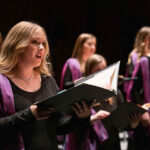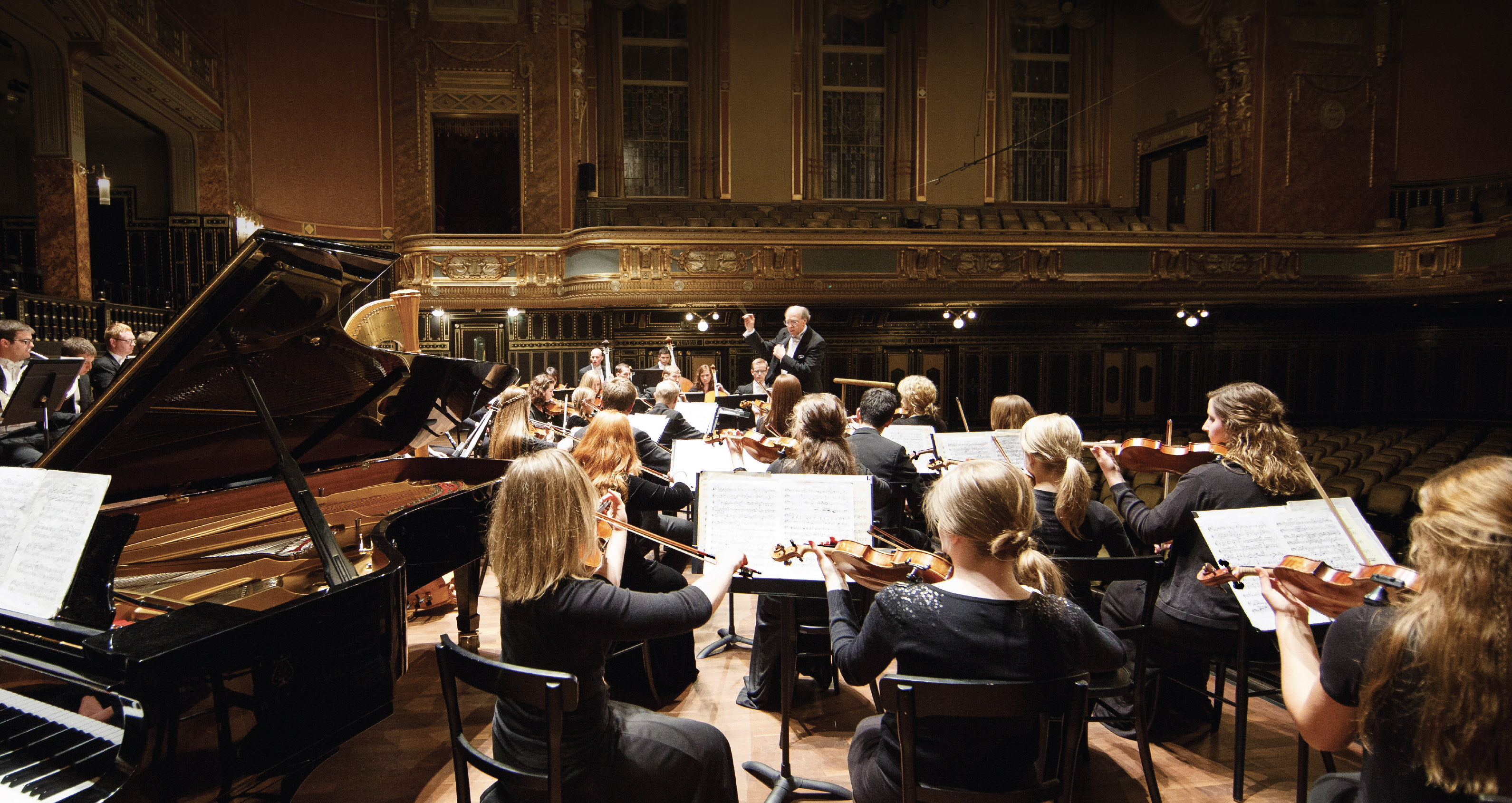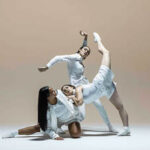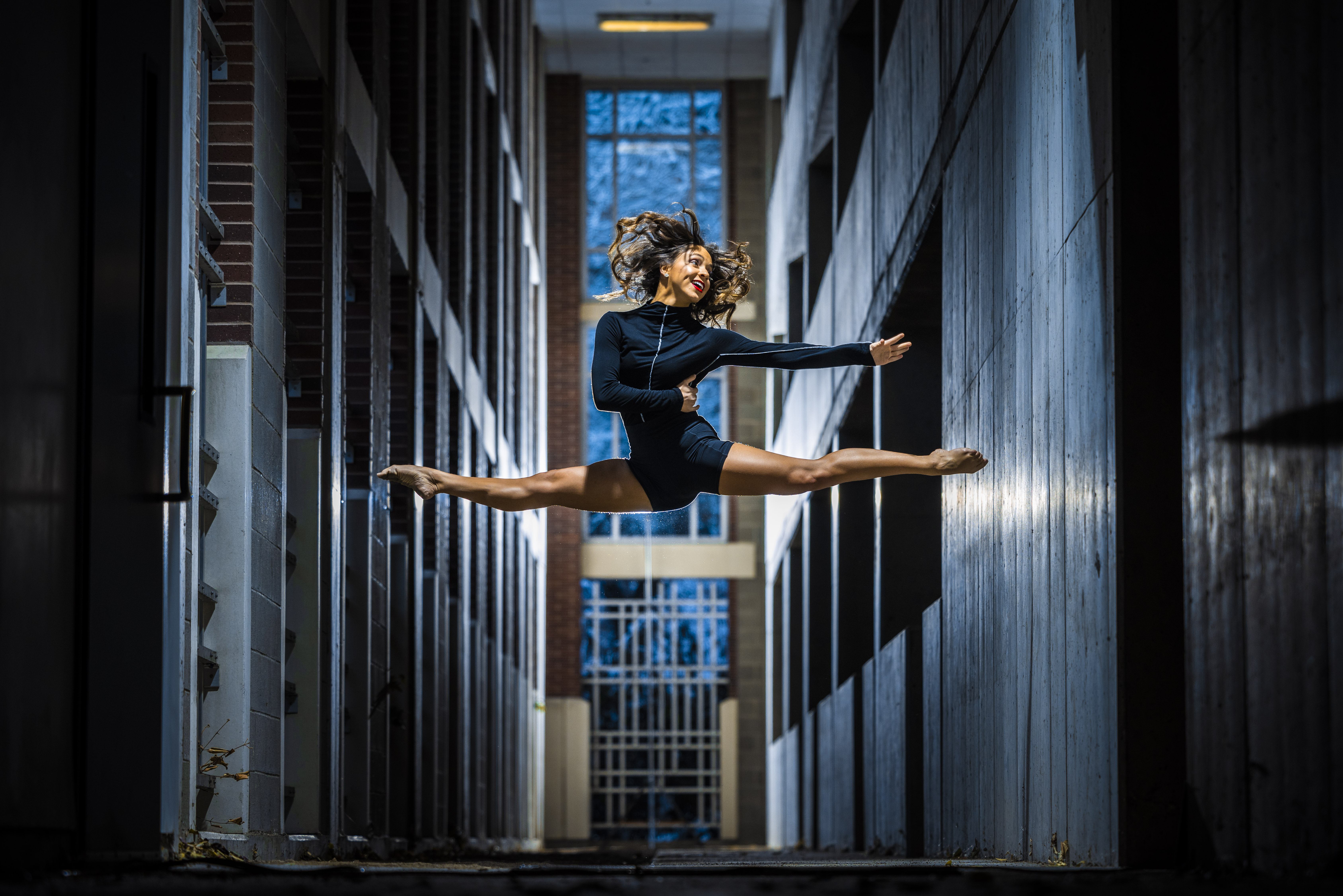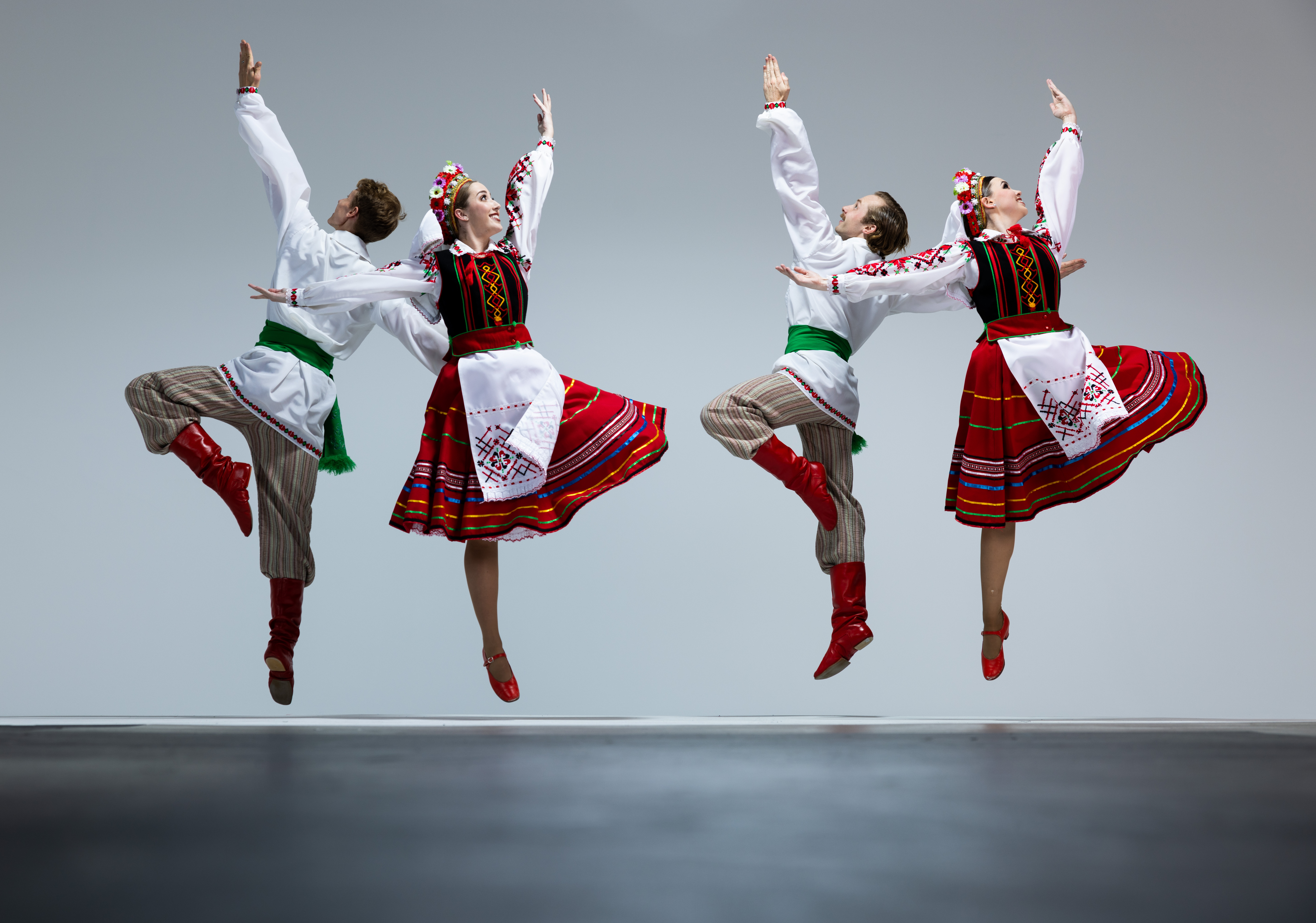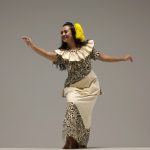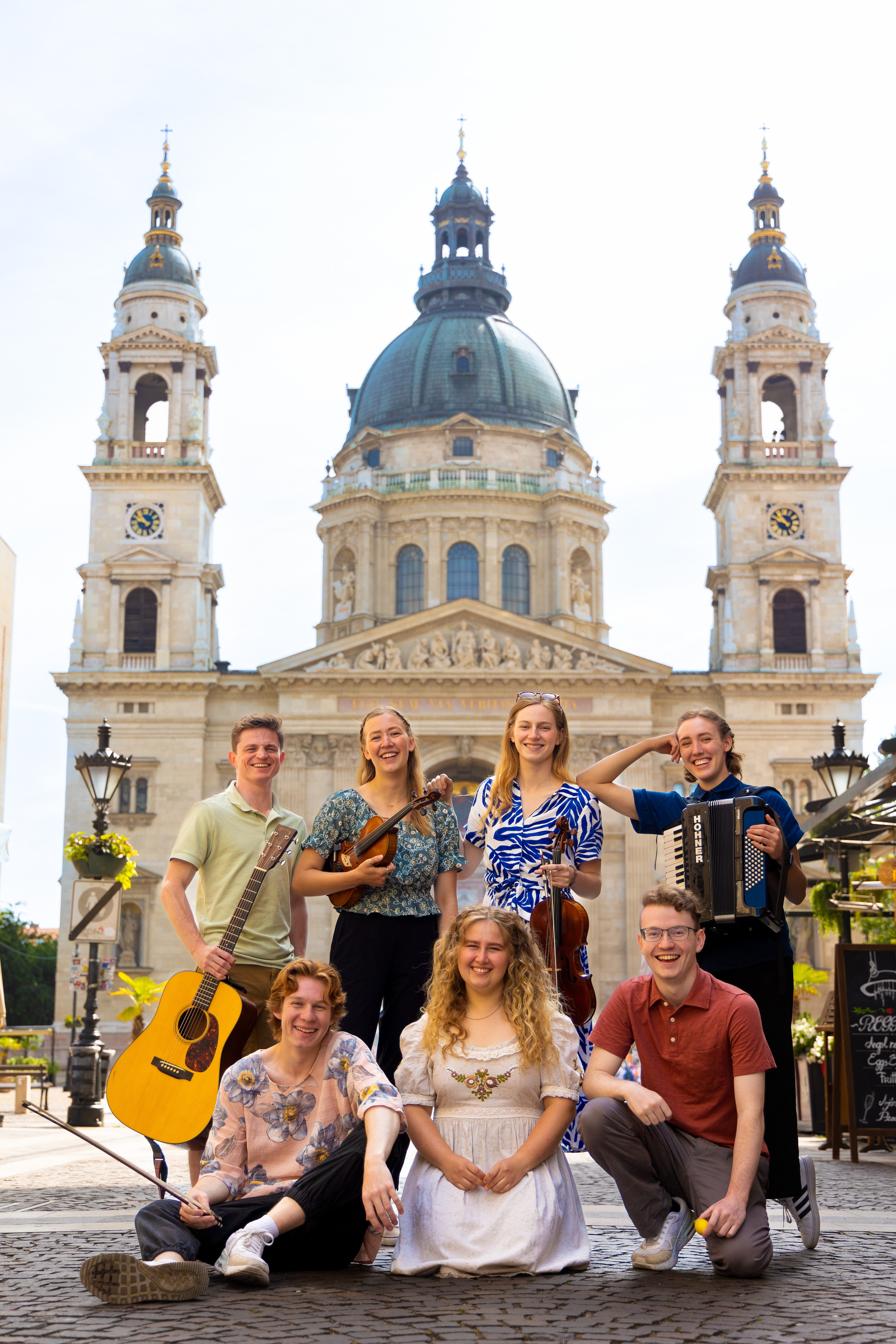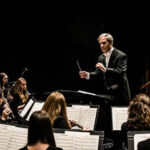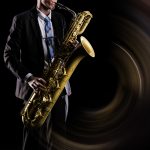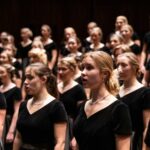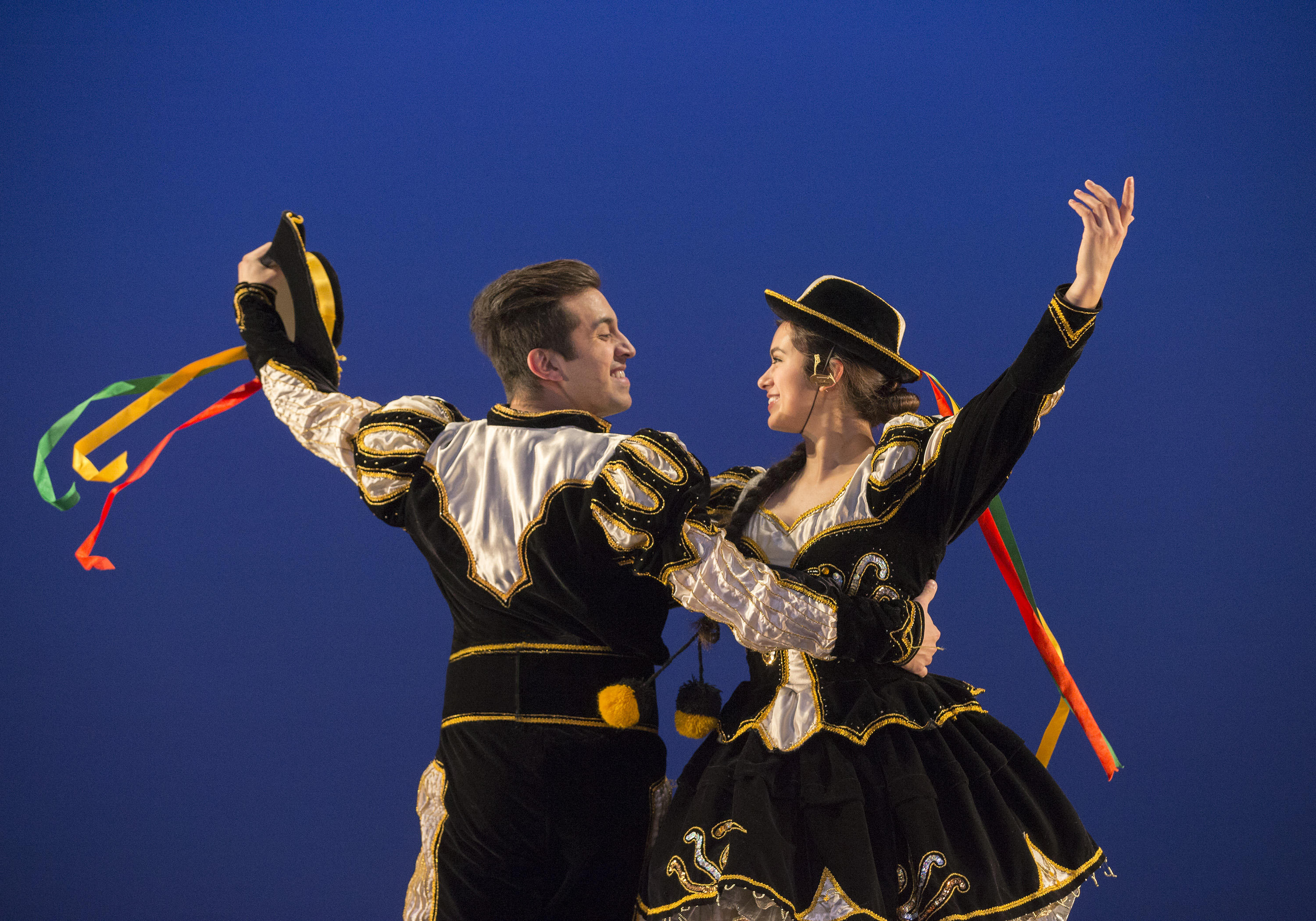
Shanoah Ulibarri represents the Native American section of BYU Living Legends.
Living Legends will bring dances of faith, prosperity, war, and harvest to the South Pacific during the group’s 2016 extended tour. A thrill of the tour will be performing in the countries where many of the Living Legends Polynesian dances originate. Additionally, the group will introduce Latin American and Native American folklore to South Pacific audiences. In 1997, Living Legends toured to New Zealand and Samoa, as well as to other nearby countries. From April 25 to May 17 this year, the group will return to these two countries and add Tonga to their itinerary for the first time. “I am excited for the chance to meet the true legends of the islands this summer on tour,” says Living Legends dancer Charles Tu’ua.
Through its program Seasons, Living Legends strives to preserve and pay tribute to the cultures it represents. The group performs ethnic music and dances to help pass traditions on to future generations. The presentation inspires audience members to see and appreciate diversity and to recognize how meaningful their own ancestry is. Seasons contains various numbers from the Polynesian islands that tell stories from past generations. “Te Wa o Tumatauenga, He Korero Riri,” a piece from New Zealand, symbolizes preparation for war and uses the haka and poi dance forms to show the desire for victory. “Sasa, Lapa Lapa, Slap,” a Samoan number, proves young Samoans’ agility and skill through powerful movements and beautiful chanting.
Group members will connect with the roots of their dances and, for some, the roots of their own ancestry. Some of the students have close relatives in the South Pacific, and this visit will be the first time that many of their family members will be able to see them perform. “My father danced in Living Legends years ago when it was called Lamanite Generation. My mother is from Hawaii, and my uncle is from New Zealand—his parents still live over there,” says performer Ikaika Cole. “I am excited about going to the South Pacific because I grew up loving Polynesian culture, and the island people have a spirit of happiness that is just contagious.”
As descendants of Tongans and Samoans, brothers and Living Legends dancers Philip and Adam Conte have a strong Polynesian background. While working in the Polynesian Cultural Center in Hawaii, Philip learned the Māori tradition of intricate woodcarving from two New Zealanders who taught him how to carve the famous waka taua, or war canoes. “[My brother and I] grew up dancing with and surrounded by Polynesians,” Philip says. “We learned the dances and the culture through them, and we love it and are proud of it. We have cousins who live in New Zealand, and we are excited for them to see us perform.”
Living Legends member Sia Fifita, who is of Samoan and Māori descent, has family on all three islands of the tour. “My grandfather comes from the town of Kolovai in Tonga, where the Māori royal family resided for some time,” recounts Fifita. “When the Samoans came to visit the royal family, their gift was a baby—my grandfather—which is where my Samoan side came from.” Growing up, Fifita spent many summers in Tonga. This visit will be special for her in part because she will share and celebrate the culture of her people.
In Polynesia, family bonds are strong, and tradition and history mean a lot. Young adults who preserve their culture in dance and music are highly respected. Polynesian communities also encourage the younger generation to seek higher education—which is one of the messages that members of Living Legends share with their audiences and the people they come in contact with. The group performs a song called “Go, My Son,” which bestows ancestral advice to get an education. “My grandma who lives in Samoa today always inspired me to get an education, and I know she has made so many sacrifices for me to be where I am today,” says Living Legends member Filemoni Tiatia. “This is an opportunity to give back to my people and ancestors.”


